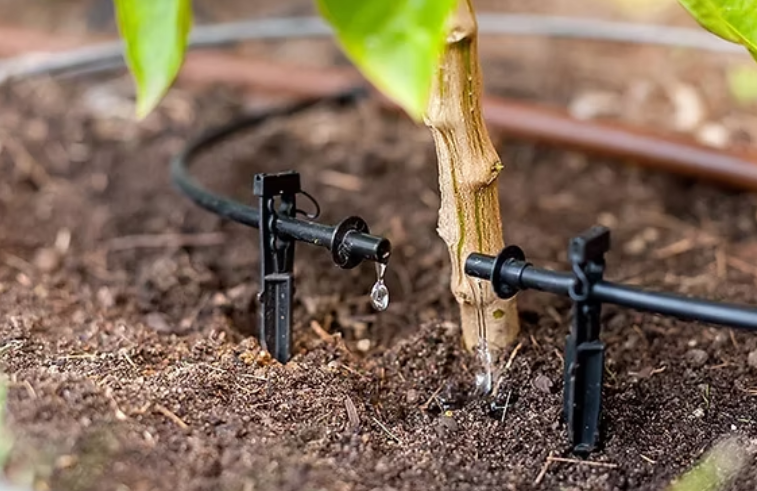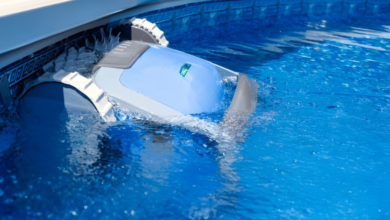
Understanding the Difference Between Drip Systems
Introduction
Intravenous therapy plays a vital role in healthcare by ensuring that fluids, nutrients, and medications are delivered directly into a patient’s bloodstream. The method of administration must be precise and carefully controlled to prevent complications and to provide accurate treatment. Two commonly used systems for fluid delivery are known as macrodrip and microdrip. Understanding the comparison between macrodrip vs microdrip systems helps medical professionals select the correct device based on patient needs and treatment requirements.
Both systems serve the same purpose — transferring fluids into the vein — but differ in drop size, flow rate, and applications. This article explores these differences, their uses, benefits, and how each impacts patient care in various medical situations.
Basics of Intravenous Drip Systems
An intravenous drip system allows liquid solutions such as saline, glucose, or medication to flow steadily into a vein. Gravity helps the liquid move through tubing, and the flow rate is adjusted using a regulator or roller clamp. The size of the drops formed in the drip chamber determines how quickly fluid enters the bloodstream.
The two primary types of systems used in hospitals and clinics are macrodrip and microdrip. The difference between them lies mainly in the drop factor — the number of drops per milliliter of fluid — which directly affects how fast or slow the solution is delivered.
Definition and Function of Macrodrip System
The macrodrip system is designed to deliver large drops of fluid at a faster rate. It typically produces 10 to 20 drops per milliliter, making it ideal for situations where rapid infusion is necessary.
Key Characteristics of Macrodrip System
- Drop Factor – Usually ranges between 10 to 20 drops per milliliter.
- Flow Rate – Suitable for infusing large volumes of fluid quickly.
- Applications – Commonly used for adult patients, surgical procedures, dehydration cases, or when rapid replacement of fluid is required.
- Ease of Use – The larger drops make it easier to monitor flow visually.
This system is preferred in emergencies or during surgeries where the patient requires fast administration of fluids or blood.
Definition and Function of Microdrip System
In contrast, the microdrip system delivers much smaller drops and provides slower, more controlled infusion. It typically produces 60 drops per milliliter. This level of precision is essential in medical cases where fluid regulation must be exact.
Key Characteristics of Microdrip System
- Drop Factor – 60 drops per milliliter.
- Flow Rate – Offers a slower, more accurate flow suitable for sensitive patients.
- Applications – Often used in pediatric, neonatal, and geriatric care.
- Precision – Allows tight control of fluid volumes over long durations.
This makes the microdrip system ideal for cases where a patient’s tolerance for fluid variation is limited or where medication dosage accuracy is critical.
See also: Why Your Home Needs Basement Waterproof Coating
Detailed Comparison: macrodrip vs microdrip
Understanding the main distinctions between the two systems helps medical professionals decide which is most appropriate for specific conditions.
| Feature | Macrodrip System | Microdrip System |
| Drop Factor | 10–20 drops/mL | 60 drops/mL |
| Flow Rate | Fast | Slow |
| Drop Size | Large | Small |
| Accuracy | Moderate | High |
| Ideal For | Adults, rapid infusions | Pediatrics, controlled infusions |
| Visibility | Easy to see drops | Smaller drops, less visible |
| Risk | Higher chance of fluid overload | Lower risk, safer for delicate patients |
This table highlights the distinct advantages and use cases of each system. Macrodrip systems prioritize speed, while microdrip systems focus on precision.
When to Choose Each System
Situations for Macrodrip
- Emergency Treatments: When a patient is in shock or severely dehydrated, quick infusion is required.
- Surgical Procedures: Used during operations for rapid fluid administration.
- Adult Patients: Typically used in adult care due to their ability to handle larger fluid volumes.
Situations for Microdrip
- Pediatric Care: Children and infants require small, controlled doses.
- Critical Patients: Used for patients with heart or kidney issues who cannot tolerate fluid overload.
- Long-Term Medication: Suitable for slow infusion of antibiotics or nutrients over extended periods.
By choosing the right system, healthcare providers can minimize risks and ensure optimal treatment outcomes.
Advantages of Each System
Benefits of Macrodrip System
- Allows quick rehydration during emergencies.
- Easy to monitor visually due to large drop size.
- Simple to set up and use.
- Effective for blood transfusions or large-volume infusions.
Benefits of Microdrip System
- Provides high accuracy for medication or nutrient delivery.
- Ideal for delicate patients and sensitive therapies.
- Reduces risk of over-infusion or fluid imbalance.
- Suitable for long-duration infusions requiring steady flow.
Each system provides unique benefits depending macrodrip vs microdrip on the patient’s condition and treatment goal.
Challenges and Limitations
While both systems are essential, each has limitations that medical staff must consider.
- Macrodrip Limitations: May cause fluid overload if not carefully monitored. Not ideal for infants or elderly patients.
- Microdrip Limitations: Slower infusion speed, unsuitable for emergencies requiring large fluid volumes.
Proper training and monitoring help prevent potential risks associated with both types.
Role in Modern Healthcare
Advancements in medical technology have improved the accuracy of both drip systems. Some hospitals now use electronic infusion pumps integrated with macrodrip or microdrip sets. These smart devices automatically control flow rates, reducing human error and improving patient safety.
Despite technological upgrades, manual systems remain widely used due to their simplicity, affordability, and reliability, especially in regions with limited resources.
Safety Measures and Best Practices
To ensure safe and effective fluid administration, healthcare professionals follow strict guidelines:
- Sterile Handling: Always maintain cleanliness to prevent infections.
- Flow Adjustment: Regularly check and adjust flow rate as prescribed.
- Patient Monitoring: Observe for signs of fluid overload or dehydration.
- Proper Disposal: Dispose of used equipment in medical waste containers.
- Equipment Inspection: Check tubing and chambers for leaks or air bubbles.
Following these precautions guarantees both patient safety and infusion accuracy.
Impact on Patient Outcomes
The correct use of macrodrip vs microdrip systems significantly influences recovery speed and treatment success. For example, in neonatal care, precise control prevents complications from fluid imbalance. In emergency care, rapid infusion saves lives during critical dehydration or trauma cases.
Therefore, understanding when and how to use each type is essential for achieving positive health outcomes and minimizing risks.
Conclusion
The choice between macrodrip and microdrip systems depends on the patient’s condition, treatment goal, and required accuracy. Macrodrip systems are ideal for rapid fluid delivery in emergencies and adult treatments, while microdrip systems excel in providing precise control for pediatric, geriatric, and long-term care.
By mastering the correct usage, healthcare professionals can ensure effective therapy, reduce complications, and promote safer intravenous practices. The knowledge of macrodrip vs microdrip systems remains a fundamental skill in medical care, bridging precision and efficiency in intravenous therapy across all levels of patient treatment.




